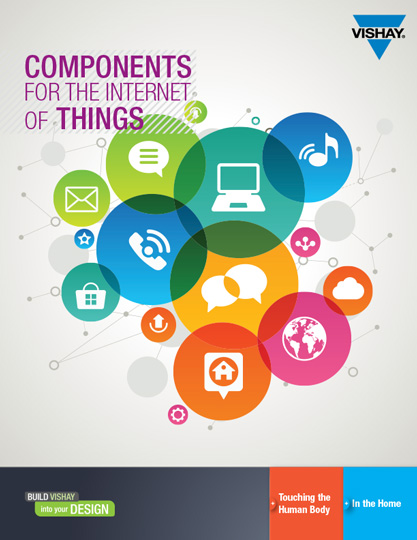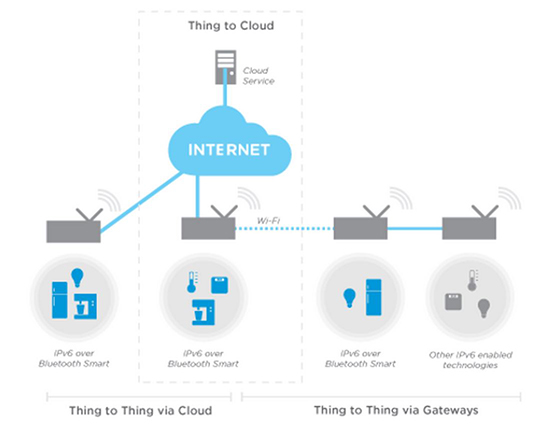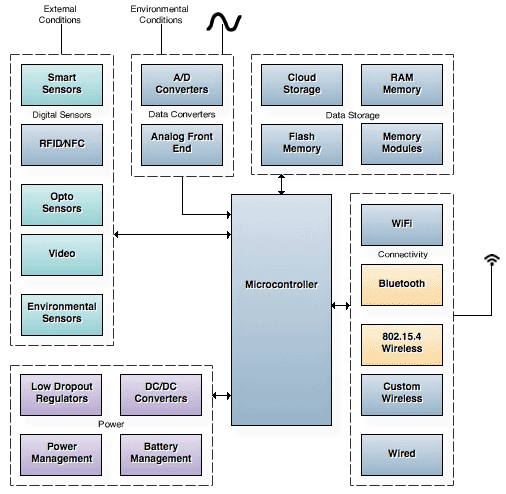The Internet of Things
By 2018 the number of Internetconnected devices comprising the Internet-of-Everything is projected to reach a staggering 23 billion, outnumbering the world’s population by nearly 2.5 to 1. Of these devices, 14 billion will be PCs, smartphones, tablets, wearables, connected TVs and cars, while the remaining 9 billion will make up the Internet-of-Things across the consumer, government, and enterprise sectors.


Texas Instruments Internet of Things
Analysts estimate that 50 billion devices will get connected to the Internet by 2020. In this exploding Internet of Things (IoT) , users, things and cloud services connect using the Internet to enable new use cases and new business models across multiple markets and applications. Texas Instruments is the only semiconductor company with all of the building blocks to enable the IoT.
Read MoreComponents for the Internet of Things
Vishay has stepped up to the challenges of the Internet of Things (IoT) with a broad portfolio of unique passive and active solutions. These best-in-class components are optimally suited for the “Things” being controlled and monitored through IoT applications.
Touching The Human Body
- Biometric Monitoring
- Clip-On / Pocket-Worn Devices
- Fitbands
- Patient Monitoring
- Smartwatches
- Smart Glasses
In The Home
- Smart Meters
- Lighting Controls
- Air Conditioners
- Washing Machines
- Induction Cooking
- Refrigerators / Freezers
- Robotic Vacuum Cleaners / Robovac

Designing Standards-Based Wireless Access Control for the Internet of Things
The Internet of Things is an exciting opportunity. Being able to link equipment up to wider networks so that data can be accessed regularly and easily provides many more options for the embedded system designer.
One of the key technologies for connecting up these devices – whether they are sensors, controllers or terminals – is of course wireless. While organizations such as ZigBee have had this application at the heart of their activity from the start, the Bluetooth Special Interest group has started adding in capabilities to support the Internet of Things alongside the existing designs for wearable computing, smartphone terminals and peripherals. The latest revisions of the Bluetooth Smart protocol add these capabilities via software to existing hardware, bringing significant economies of scale to the industrial arena.
Read More
IoT Sensor Node Block Diagram
The Internet of Things (IoT) is about interconnecting embedded systems, bringing together two evolving technologies: wireless connectivity and sensors. These connected embedded systems are independent microcontroller-based computers that use sensors to collect data. These IoT systems are networked together usually by a wireless protocol such as WiFi, Bluetooth, 802.11.4, or a custom communication system. The networking protocol is selected based on the distribution of nodes and the amount of data to be collected.
This data is sent over the network to the main hub or computer. This main computer collects and analyzes the data, storing it in memory and even making system decisions based on the results of the analysis.
Read More



